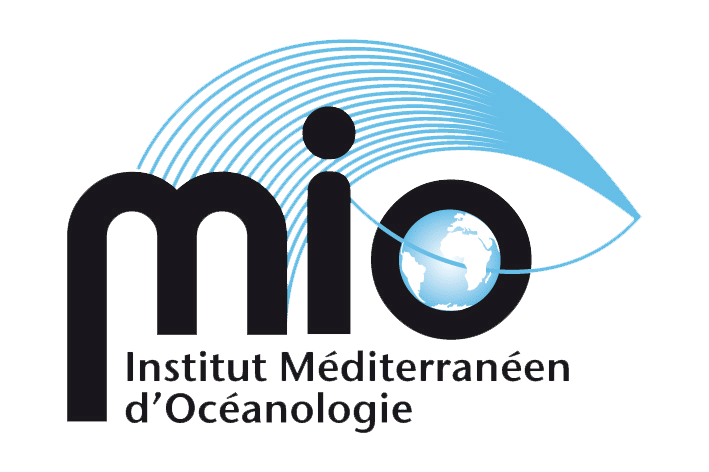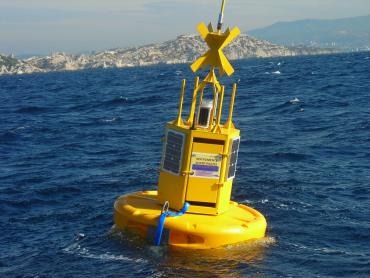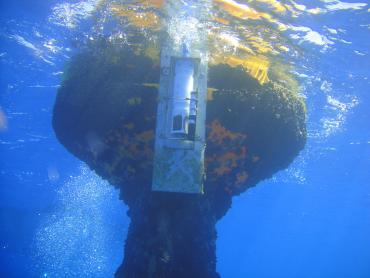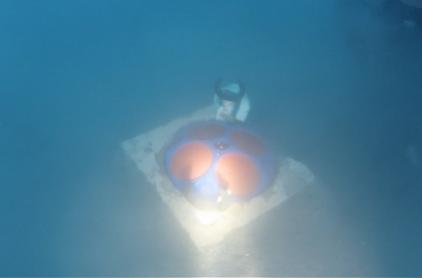Long-term observation of marine ecosystems
Contacts : Anthony Bosse, Gérald Gregori and Dominique Lefèvre
In the face of rapidly changing climatic conditions, it is important to develop our knowledge of the temporal and spatial dynamics that characterise the oceans. To do this, only long series of measurements can describe the natural or disturbed evolution of a system with high seasonal and/or interannual variability. These regular observations over long periods of time are increasingly seen as an essential means of supporting research.
For each natural environment, it is necessary to understand the fundamental way in which it functions, and to predict possible changes on different timescales. Time series also broaden our understanding of ecological processes and are an integral part of improving models of the physical, biogeochemical and ecological dynamics of the oceans.
The Institut Méditerranéen d'Océanologie (MIO), working closely with and with the support of the OSU Institut Pythéas (in particular via database management, the Astroides station ship and the diving service), is a research laboratory heavily involved in long-term observation of marine ecosystems, particularly in the north-western Mediterranean, but also in the South Pacific Ocean. The themes addressed cover all the disciplines of oceanography, from physics to biology, and therefore reflect the cross-disciplinary nature of this laboratory.
These themes concern the anthropogenic impact on the marine environment, and more particularly the coastal zone and the interfaces between the open sea, the continent and the atmosphere. Considerable effort in terms of personnel and other resources is devoted to activities whose general objective is to monitor the marine environment in both coastal and open waters.
Data is collected using standardised protocols/methods and fed into databases managed by the OSU Pytheas IT department, or other national (SEANOE, SISMER, Mistrals-SEDOO, etc.) and international databases, in accordance with FAIR (Findable, Accessible, Interoperable, Reusable) principles.
Observation data
The data sets are based on observations collected with systems deployed from ships or drifting devices, balloons, aircraft, fixed equipment on land or at sea and systems installed on satellites. These data can also be produced using campaigns at sea.
Find our data online (tools developed and maintained by OSU Pytheas): :
- The Observation WebGIS (New)
The catalogue of data sets (metadata)
The geo-portal (location of measurement points)
MIO and Université de Toulon site for monitoring and observing surface currents using HF radars
Real-time data from the Bay of Marseille:
National Observation Services (SNO) & other observation systems
Current observation activities aim to contribute to the accredited National Observation Services (SNO), which are mainly grouped within the Coastal Research Infrastructure (IR ILICO):
- SNO SOMLIT Time series in coastal environments on the French coast, in the Bay of Marseille.
- SNO MOOSE integrated, multi-platform observatory (MOOSE-GE campaigns and monthly monitoring at ANTARES, glider radial T02 Marseille-Balearic Islands) of the western Mediterranean land-sea continuum: river monitoring and atmospheric deposition at the Frioul site).
- SNO COAST-HF High-frequency coastal observation (SOLEMIO buoy in the Bay of Marseille).
- SNO PHYTOBS Monitoring micro-phytoplankton in coastal environments.
- EMSO-LO Cabled mooring on the KM3NeT site (ALBATROSS) integrated into the IR EMSO-France, Ligurian Node and EMSO ERIC.
Other observation systems in place (some in the process of being certified or recognised as being of interest by IR ILICO):
- JULIO ADCP anchorage on the Golfe du Lion plateau.
- MOISE Instrumented mooring and biogeochemistry in a New Caledonian lagoon.
- SPOT A series of campaigns at sea to study phytoplankton in the south-east Pacific.
- HTMNET Hydrodynamics and transport of suspended matter - Water levels and temperatures.
- AEROSOL-TLN: Monitoring atmospheric deposits in Toulon harbour.
- SSL@M Instrumented laboratory at the Marseille-Endoume station.
- MAPIO The aim of MAP-IO (MARION DUFRESNE ATMOSPHERIC PROGRAM INDIAN OCEAN) is to study the composition of the atmosphere and the ocean-atmosphere processes that have an impact on regional climate and numerical weather prediction.
- SOOTSEA Impact of soot carbon in South-East Asia.
- BiodivInnov Innovative approaches to monitoring marine biodiversity by combining imagery and genomics
- SIO-BDM: Monitoring Ocean-Atmosphere Interactions in the Bay of Marseille







